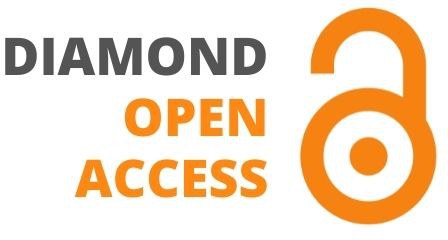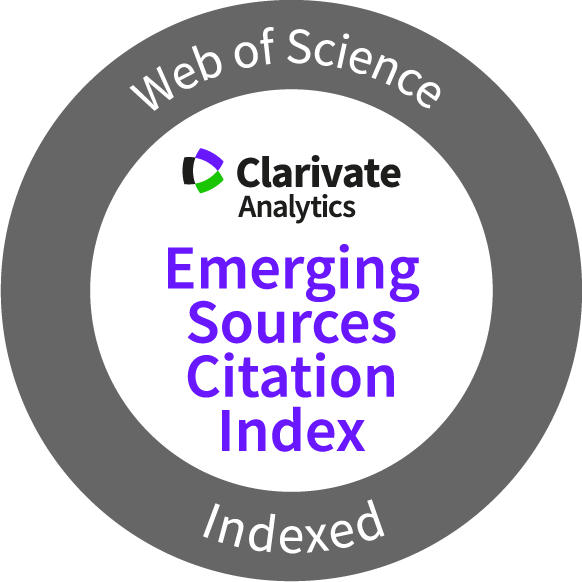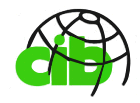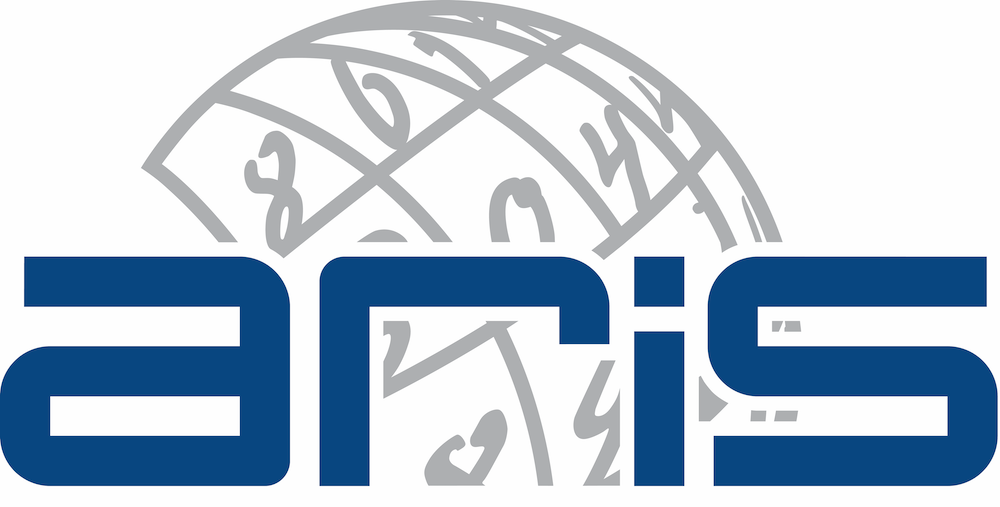Journal of Information Technology in Construction
ITcon Vol. 30, pg. 570-602, http://www.itcon.org/2025/24
An Enhanced HBIM Framework Integrating Advanced Technologies to strengthen the Cultural Heritage
| DOI: | 10.36680/j.itcon.2025.024 | |
| submitted: | February 2024 | |
| revised: | March 2025 | |
| published: | April 2025 | |
| editor(s): | Amor R | |
| authors: | Ferial Bounouioua, Assistant Professor (*Corresponding author)
AEEE Laboratory, Faculty of Architecture and Urbanism, University of Constantine 3 ORCID: https://orcid.org/0000-0001-5874-0288 ferial.bounouioua@univ-constantine3.dz Djamila Rouag Saffidine, Professor AEEE Laboratory, Faculty of Architecture and Urbanism, University of Constantine 3 ORCID: https://orcid.org/0000-0001-6084-7623 Ammar Korichi, Professor AEEE Laboratory, Faculty of Architecture and Urbanism, University of Constantine 3 | |
| summary: | Cultural heritage (CH) conveys values through every physical element and its intrinsic essence, necessitating careful attention to its preservation and longevity. In an era increasingly shaped by technology, digital conversion is an essential component of relevant research and is consistently considered for application in future CH strategies. This study addresses the unavailability of historical, graphical and technical records, in addition to the disparities in responsibilities that hinder the recognition and management of heritage in Algeria. This highlights the capability of digital exploration to initiate innovative approaches aimed at valorising heritage assets through documentation based on advanced technologies. An effective solution to represent and safeguard built heritage for professional application and dissemination via an implementation-based study that elucidates the proposed workflow across the National Theatre building in Algiers. Demonstrating that replication through a digital environment (DE) generates new ways for both physical and intangible interpretation using the digital twin (DT). Acknowledging the potential of the enhanced HBIM, this paper first describes digital surveying using 3D laser scanning. Secondly, it explores the pioneering application of artificial intelligence (AI) to process point clouds and improve semantic recognition, segmentation, and outputs. Finally, virtual reality (VR) combined with a software suite enriches the DT. The contribution to the body of knowledge lies in establishing a robust framework to investigate the relationship between AI, automated data preprocessing, and postprocessing to enhance the Scan-to-BIM process and support conservation of historical buildings. It demonstrates efficient time and resource consumption, accuracy, and overall effectiveness. The main findings include the virtual extension of existing assets by linking various representation tools throughout a comprehensive prototype, where machine learning (ML) reinforced connections between reality capture (RC), cloud processing, and ultimately BIM. Meanwhile, VR provided an immersive experience that directly impacted user engagement and stakeholder interactions, thus facilitating decision-making related to building management and enabling remote assessment. | |
| keywords: | Cultural Heritage, Digital Twin, Laser Scanning, 3D Point Cloud, Artificial Intelligence, Automatic Recognition, Segmentation, Virtual Reality, HBIM Workflow, Immersive Technology, Algiers National Theatre | |
| full text: | (PDF file, 3.349 MB) | |
| citation: | Bounouioua F, Rouag Saffidine D, Korichi A (2025). An Enhanced HBIM Framework Integrating Advanced Technologies to strengthen the Cultural Heritage, ITcon Vol. 30, pg. 570-602, https://doi.org/10.36680/j.itcon.2025.024 | |
| statistics: |





